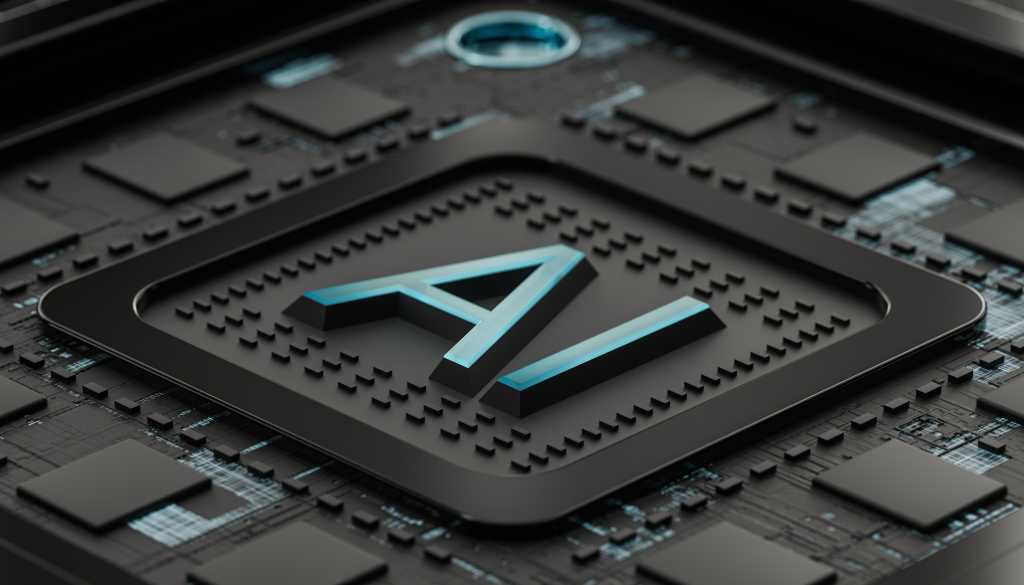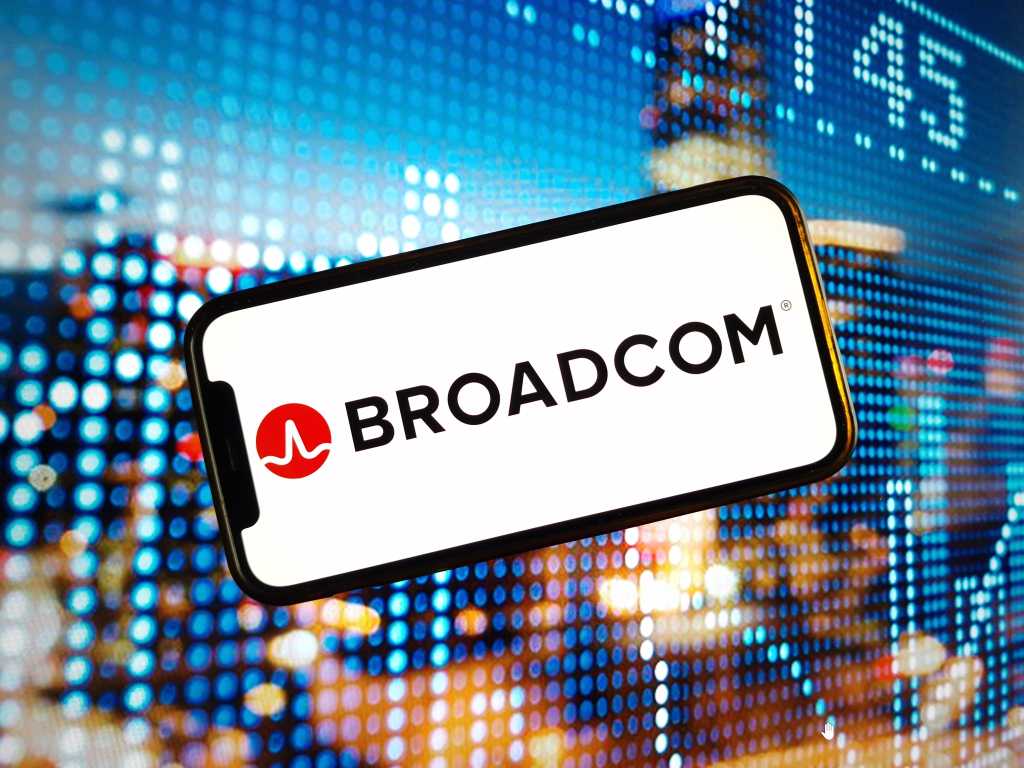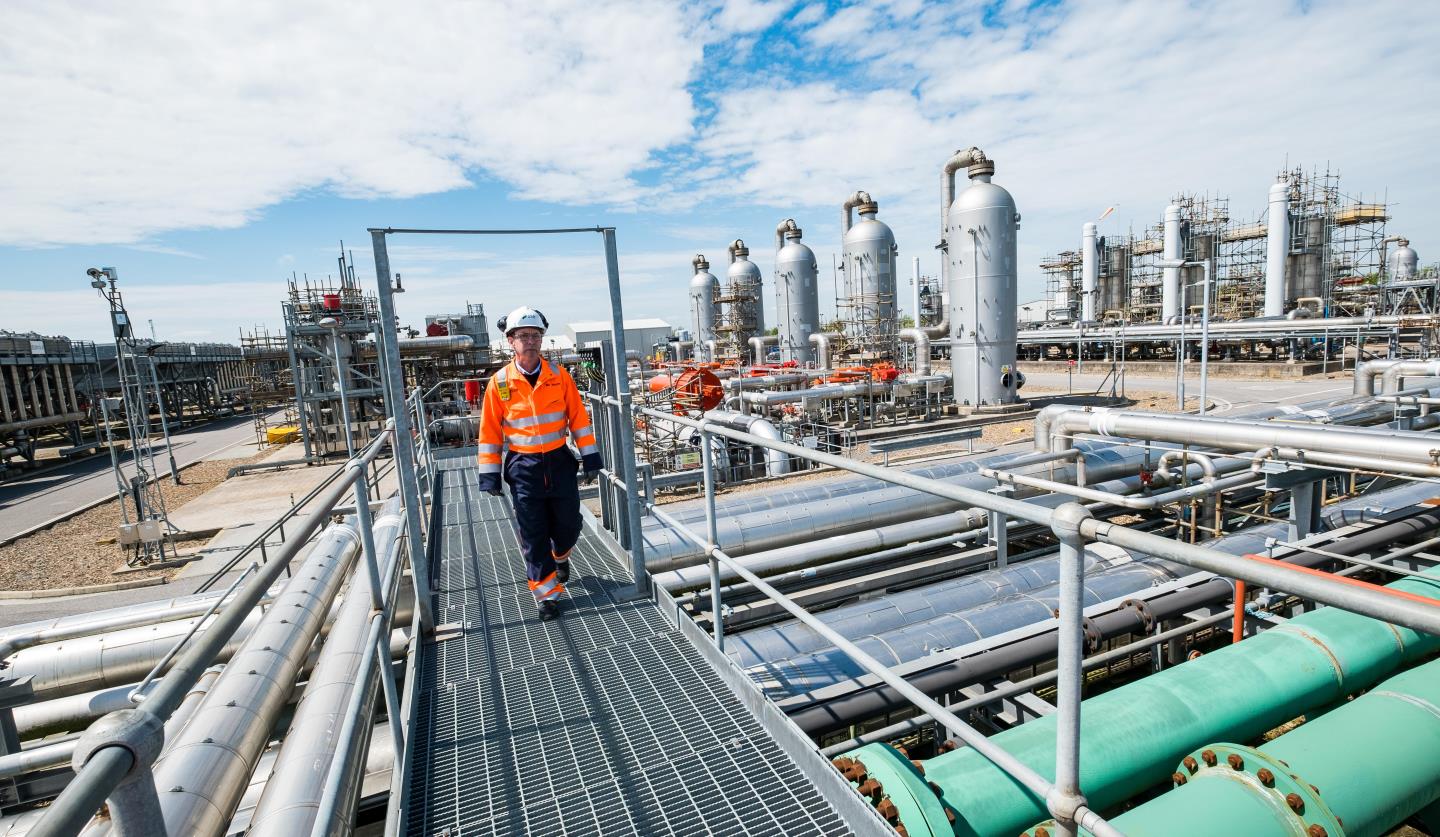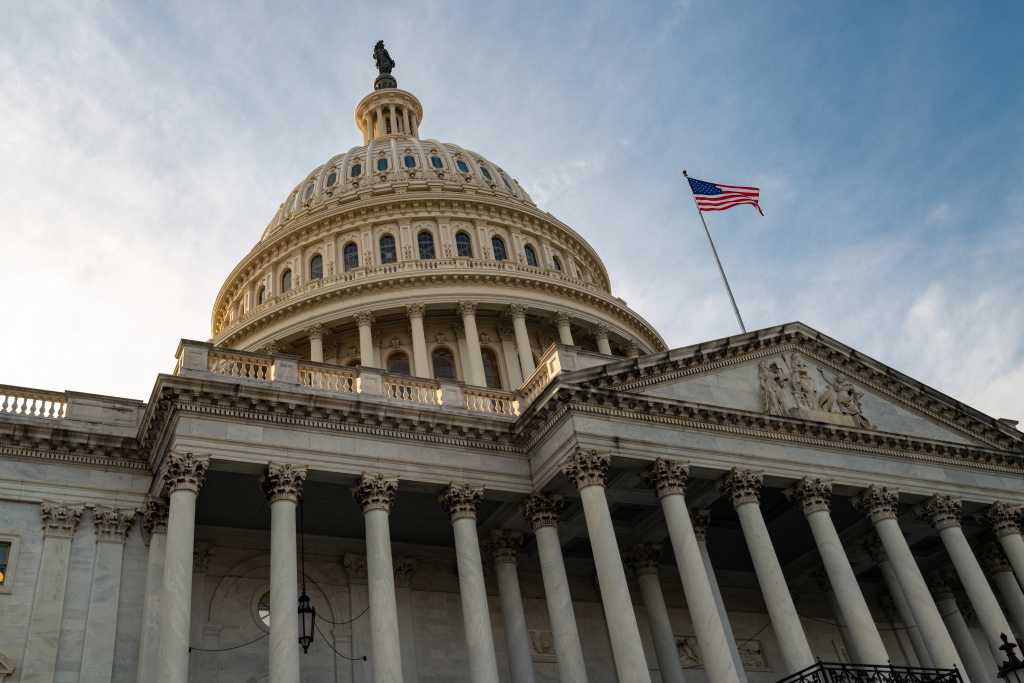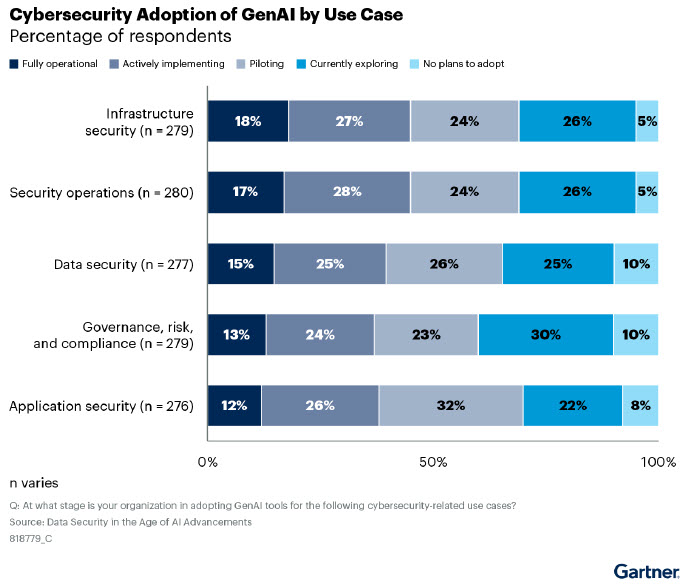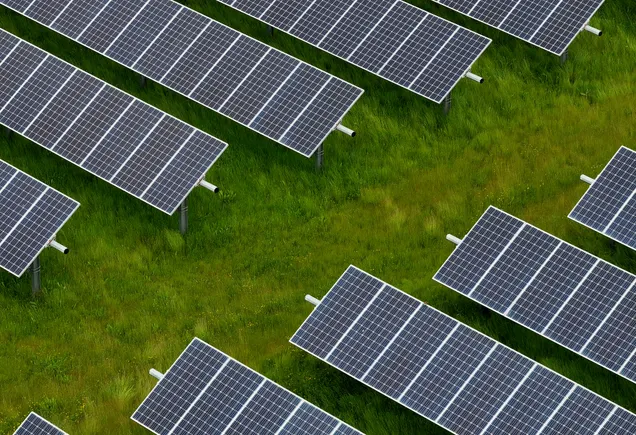
Dive Brief:
- Sunrun is “actively working through scenario planning and corresponding actions if there are material changes” to U.S. clean energy tax credits in the federal budget reconciliation bill expected later this year, CEO Mary Powell said Wednesday.
- The country’s top residential solar company by market share “[has] a playbook” from past periods of regulatory change to reduce customer acquisition costs and raise prices if Congress eliminates or steps down the technology-neutral 48E clean electricity tax credit, Powell said during Sunrun’s first-quarter 2025 earnings call.
- U.S. import tariffs could also increase Sunrun’s hardware costs later this year due to its suppliers’ upstream exposure to China, but “any adverse changes to tax and tariff policy, of course, will also impact utilities and create additional pricing headroom” for its solar and energy storage systems, Powell said.
Dive Insight:
Sunrun subscriber additions grew 7% year over year as its storage attachment rate reached 69%, up from 50% in the first quarter of 2024, the company said in its Q1 2025 investor presentation.
In the fourth quarter of 2024, Sunrun accounted for about 19% of new U.S. solar installations and 45% of new U.S. energy storage installations, according to the presentation.
Sunrun’s contracted subscriber value jumped 14% in Q1 2025 to $48,727 thanks to the rising share of higher-value energy storage customers, it said. Sunrun defines contracted subscriber value as the discounted cumulative value of estimated, contracted cash flows from an individual customer.
“Subscribers with storage have higher upfront margins … also unlock additional recurring revenue streams as they represent valuable energy resources for the grid,” Powell said. “While still a nascent business and small source of revenue today, this will grow significantly in the years ahead.”
Sunrun owes its recent market share boost in part to Sunrun Flex, a new solar and storage offering that represents “the most important financial product innovation the industry has seen since Sunrun introduced the residential power purchase agreement in 2007,” Chief Revenue Officer Paul Dickson said.
Flex systems are oversized relative to homes’ baseline electricity usage, allowing subscribers to increase their use of self-produced energy without adding new panels or batteries. Flex customers pay Sunrun a “Flex rate” for electricity consumed in excess of a contracted monthly baseline and receive credits against future Flex charges in months of below-baseline use.
“We know households that go solar increase their energy consumption by about 15% within the first year,” Dickson said. “It’s also not uncommon for solar customers to adopt an electric vehicle, which drives up their energy consumption even more.”
Sunrun enrolls Flex customers in its grid services programs, where available, and sizes batteries to provide “most homes with full backup energy protection during outages and [help] customers avoid peak utility rates by using stored solar power in the evenings,” it said Wednesday in a news release.
Sunrun-owned batteries already provide significant grid support in mature U.S. markets like California. Its CalReady virtual power plant quadrupled in size from 2024 to 2025 and now boasts about 75,000 batteries, Sunrun said earlier this month.
Sunrun had more than 1 million customers with total respective networked solar and battery capacity of about 7.3 GW and 2.1 GWh as of Sept. 30, 2024, according to a November investor presentation.
On the call Wednesday, Sunrun executives contrasted Flex’s early success with the ongoing uncertainty around U.S. tax and trade policy.
Sunrun began the year with about a year’s worth of solar modules and six months of batteries in its inventory, so it will not feel the full impact of any U.S. tax changes until later in 2025, Chief Financial Officer Danny Abajian said. The final reconciliation package may “step down” tax credits over multiple years, softening the blow, he added, echoing Powell’s earlier comments that “draconian scenarios … are expected to be moderated as negotiations progress.”
Abajian sounded optimistic that Congress would preserve the Inflation Reduction Act’s tax credit transferability framework, which significantly expanded the tax equity financing market to the benefit of clean energy developers like Sunrun. Should lawmakers axe or restrict transferability, Sunrun would need to temporarily “[shift] how we source capital” but could ultimately benefit from a “flight to quality” impulse in the broader tax equity market given its relatively strong financial position, he added.
Sunrun expects U.S. import tariffs to raise its costs by 3% to 7% this year, driven largely by higher battery prices, Abajian said.
Sunrun sources all of its inverters and batteries and about 50% of its solar modules from the United States, but its battery suppliers have exposure to heavily tariffed Chinese supply chains, Powell said.

